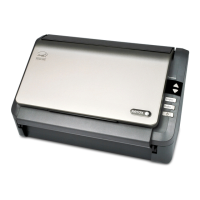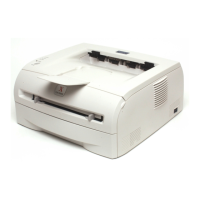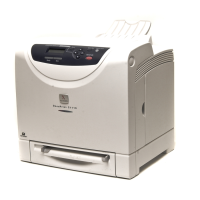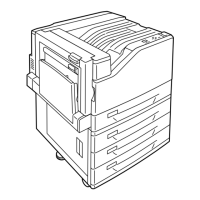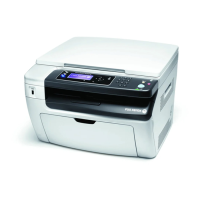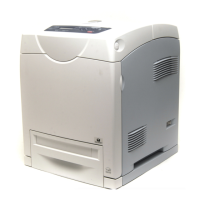6/02
3-3
DC1632/2240
IQ1
Image Quality
Prelaunch Training/Review
IQ1 IOT Image Quality Entry RAP
The purpose of this RAP is to serve as the entrance vehicle into the Image Quality RAPs sec-
tion. All Image Quality RAPs must be accessed through this RAP.
The RAP will have you evaluate the copies made during the Call Flow procedure for image
quality defects. It will refer you to the Image Quality Analysis RAPs, the Image Quality Defect
section in order to diagnose and repair any image quality problems.
Initial Actions
Check for the presence of the defect in Copy mode and in Print mode. If the problem occurs in
Copy mode only, go to the IQ2 RAP.
Procedure
Go to Table 1. Compare the prints for any of the listed defects. Perform the corrective action
that is listed.
Table 1 Image Quality Defects
Defect Description Corrective Action
Background
See Defect Sample ____.
Undesirable toner deposits on the copy or print. The toner deposits can be localized or may cover the entire copy or print. Depend-
ing on the density of the background, it is referred to as low, medium, high, or very high background. It may occur in all colors, sin-
gle colors, or any combination of single colors.
Go to the IQ6 RAP
Color Misregistration
See Defect Sample ____.
Multi-colored images that should be superimposed are offset. This offset may be in the process direction or perpendicular to pro-
cess direction.
Go to the IQ8 RAP
Deletions
Debris-Centered
See Defect Sample ____.
Nonuniform Streak
See Defect Sample ____.
The undesirable absence of toner from the copy or print. This defect can show as white, light, or untrue colored areas on the copy
or print. The most common example is a deletion caused by the ìtentingî of paper from mishandling or moisture, or by dents or
defects in the Transfer Belt.
ï Debris-Centered: Deletions in the areas surrounding toner agglomerates.
ï Nonuniform Streak: A deletion in the form of a single streak that runs from the lead edge to the trail edge of the copy.
Go to the IQ7 RAP
High Frequency Bands
See Defect Sample ____.
Repeating interval bands that are most noticeable in low density (20-30%) halftone areas of the copy. These bands run perpendic-
ular to process direction.
Go to the IQ14 RAP
Irregular Streak in Process Direc-
tion
See Defect Sample ____.
Streaks: Usually medium-width streaks of (or shifts in) color most noticeable in low density 20-30%) halftone areas of the copy.
A deletion in the form of a single streak that runs from the lead edge to the trail edge of the copy.
Go to the IQ12 RAP
Low Image Density A condition that results when too little toner of a single color or combination of colors is developed on the copy or print. This results
in lighter copies or prints for the single-color toner or the color that results from the combination of color toners.
Go to the IQ3 RAP
Misregistration/Skew The position and/or alignment of the image relative to the top edge and side edge of the paper is not within specification. Go to the IQ9 RAP
Missing Colors One or more of the primary colors are missing from the image.
Mottle
See Defect Sample ____.
Areas of solid, or high density coverage that are reproduced with a surface that resembles marble. Go to the IQ15 RAP
Regular (repeating) Bands,
Streaks, or Smears
A defect that repeats at an interval from14 to 264 mm, is most noticeable in low density (20-30%) halftone areas of the copy, and
runs perpendicular to process direction.
Lines and bands are generally uniform in shape from one end to the other.
Streaks are generally shorter than lines and are of nonuniform width along their length. They may have a more ragged or fuzzy
appearance than lines.
Go to the IQ14 RAP
Residual Image A toner image that remains on the photoreceptor or Transfer Belt after cleaning. The next image is placed on top of the residual
image and both images are transferred to the next copy.
Go to the IQ5 RAP
Spots Generally circular in shape, these defects can be caused by an absence of toner in a desired area, or a deposit of toner in an
undesired area
Go to the IQ16 RAP
Unfused prints Image can be rubbed off with little or no pressure Go to the IQ13 RAP
Wrinkled Image
See Defect Sample ____.
Go to the IQ4 RAP
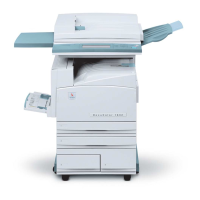
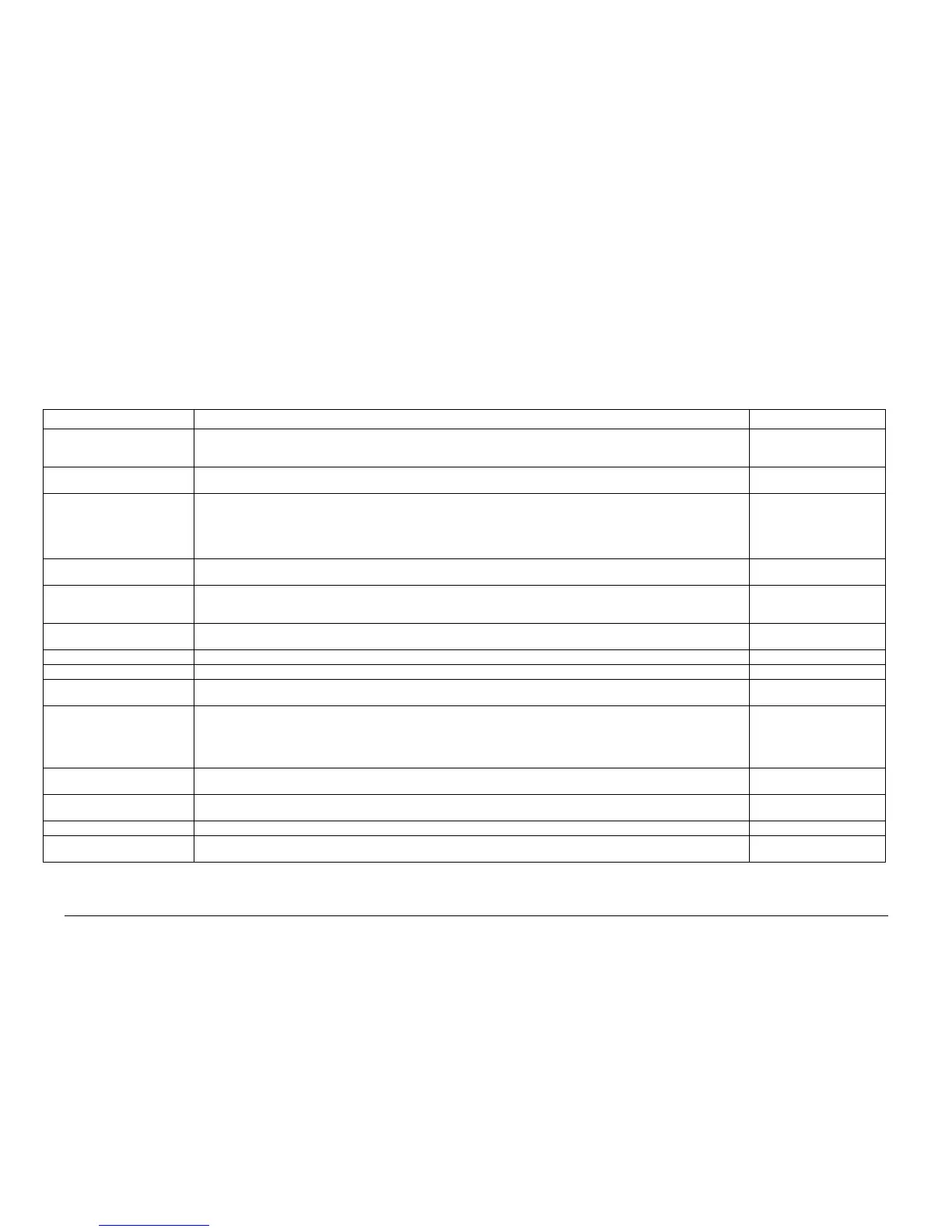